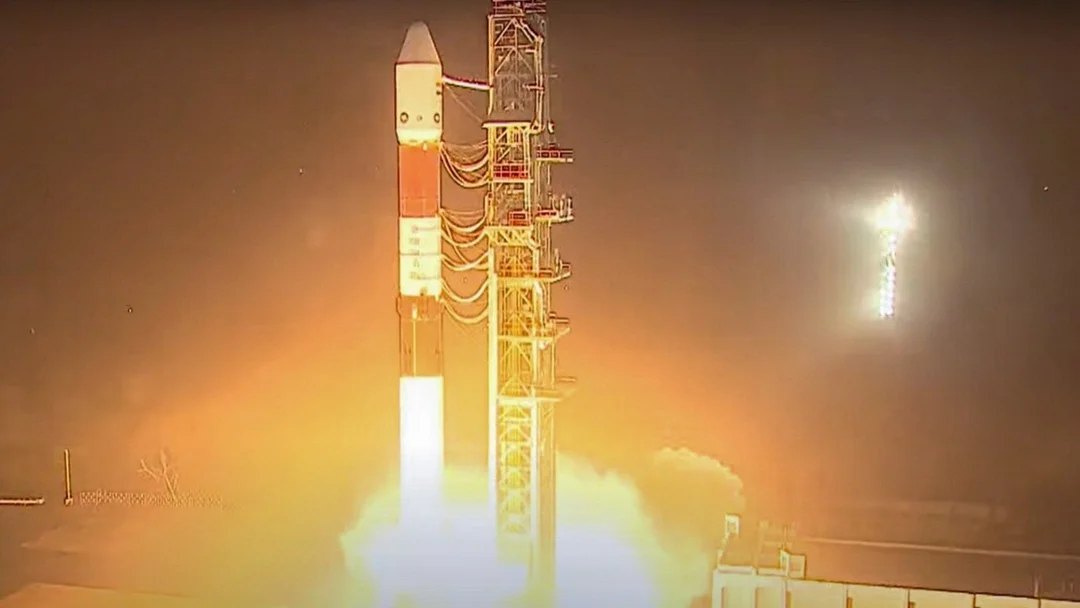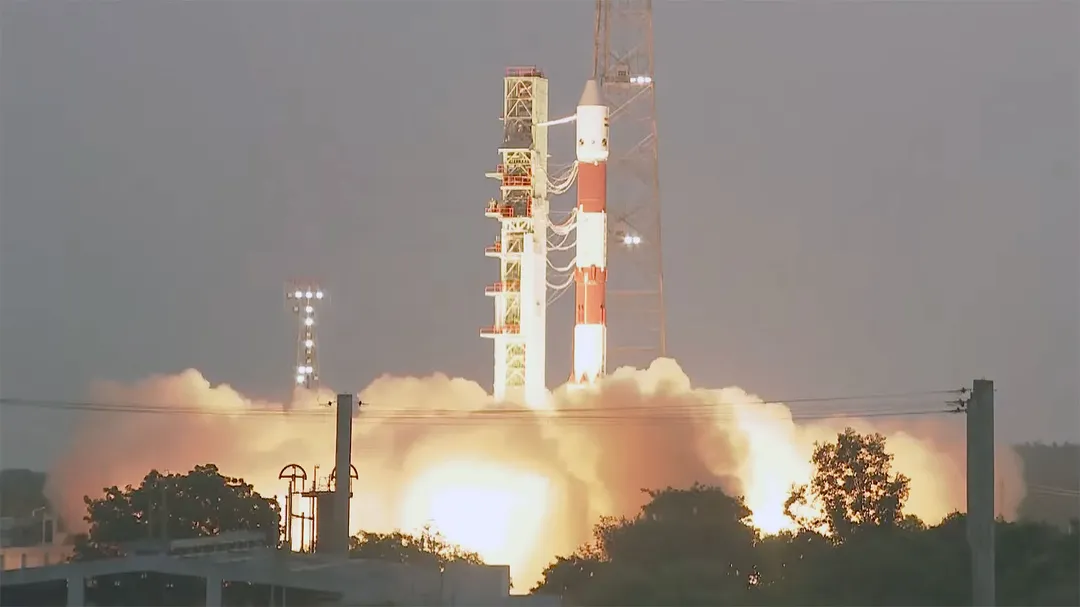
ISRO’s PSLV-C61 Mission Fails: What Went Wrong with the EOS-09 Satellite Launch?
A cloud of disappointment hangs over the Indian Space Research Organisation (ISRO) as its PSLV-C61 mission, launched from Sriharikota, encountered an unexpected failure. The mission aimed to deploy the EOS-09 Earth observation satellite into a sun-synchronous polar orbit, but a critical anomaly during flight prevented the satellite from reaching its intended destination. What exactly happened, and what are the implications for India's space program?

The PSLV-C61, a veteran in ISRO's fleet, experienced a hiccup during its 63rd flight, specifically its 27th in the XL configuration. According to ISRO Chief V Narayanan, the anomaly occurred during the third stage of the rocket's ascent. "The PSLV is a four-stage vehicle and up to the second stage, the performance was normal. The third stage motor started perfectly but during the functioning of the third stage we are seeing an observation and the mission could not be accomplished," Narayanan explained on the livestream.
The issue appears to stem from a drop in chamber pressure within the solid motor system of the third stage, crucial for propelling the payload towards its final orbit. This malfunction effectively crippled the mission, leaving the EOS-09 satellite stranded. The launch, which was intended to be ISRO’s 101st, highlights the inherent risks of space exploration, even for well-established programs.
EOS-09 was designed as the ninth mission in India's Earth Observation Satellite series. Equipped with a synthetic aperture radar (SAR), the satellite promised to provide continuous, all-weather, day-and-night surveillance capabilities. According to India Today, its deployment would have been especially significant given ongoing security concerns but those capabilities will now take years to reproduce.
Historically, the PSLV has maintained a stellar reputation for reliability. However, past failures offer insight into potential causes. These have included issues with stage separation, propulsion anomalies, and even a payload fairing that failed to detach, trapping the satellite inside. The last incident of this kind was recorded back in 2017. ISRO is currently has a failure analysis committee investigating the telemetry and flight data to determine what corrective measures need to be implanted.

The failure of the PSLV-C61 mission raises questions. What specific design flaws or manufacturing defects contributed to the third stage malfunction? How will this incident impact future ISRO launches and the development of Earth observation technology? Despite this setback, the PSLV remains a workhorse, having successfully launched missions like Chandrayaan and Mangalyaan. The current fleet of satellites continues to maintain vigil, but it will take a few years to build a replacement for the EOS-9 satellite.
What are your thoughts on this mission failure and its broader implications for India's space ambitions? Share your comments and insights below.